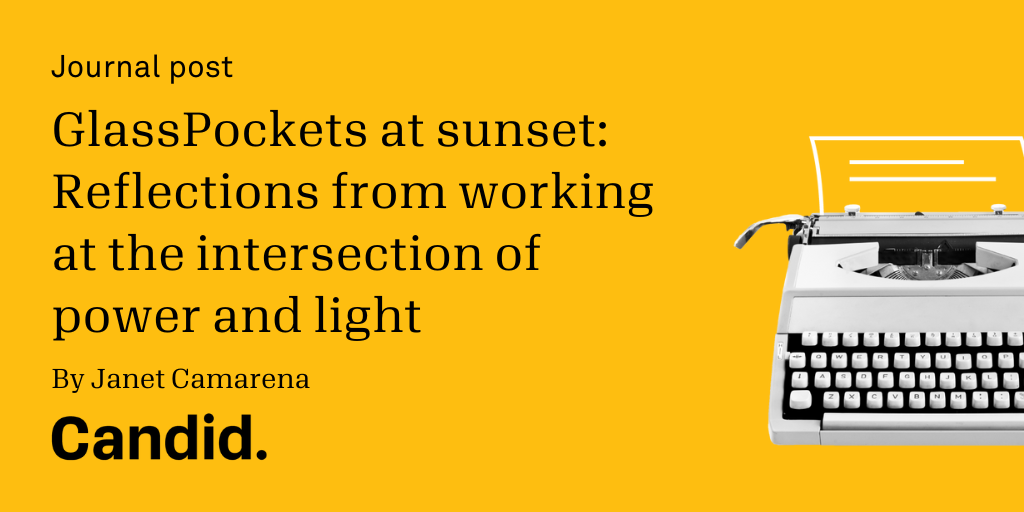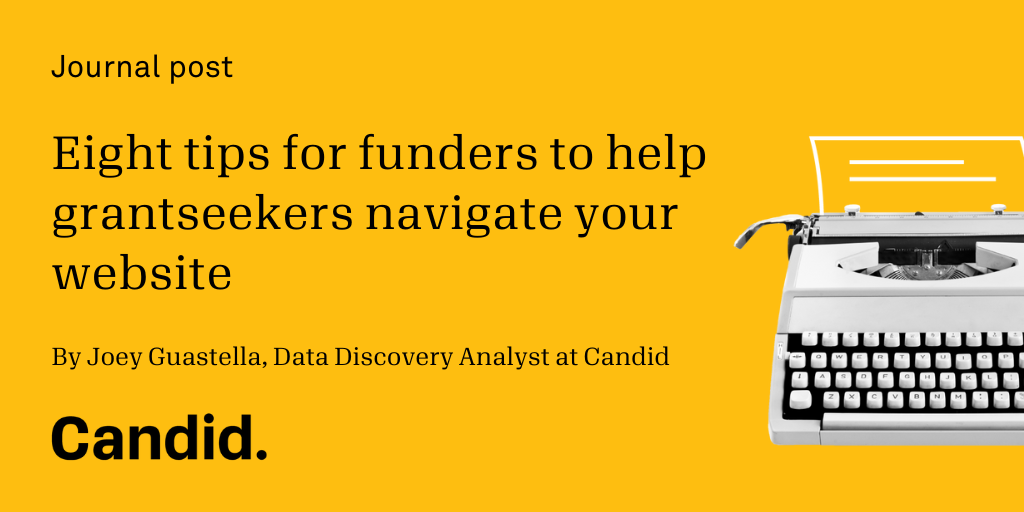TMI vs. ROI: Risks and Rewards of Philanthropy 2.0
(Paul Connolly is Senior Vice President of TCC Group, a management consulting firm that serves nonprofit organizations, foundations, and corporate community involvement programs.)
Are "glass pockets" in the digital age half empty or half full? The answer is not so clear, based on the intriguing nuggets that surfaced when I moderated a panel discussion on "Philanthropy 2.0 — The Role of Digital Media, Technology, and Networks" at Yale School of Management's Philanthropy Conference on December 3, 2010. The panelists included Ken Berger of Charity Navigator, Claire Lyons of the Pepsico Foundation, Michael Smith of the Case Foundation, and Jose Zamora of the Knight Foundation. They all agreed that grantmakers can't afford to ignore social media as its saturation grows. They talked specifically about how funders are using digital technology to tap crowd input for influencing funding decisions and to enhance accountability and transparency. The discussion raised some provocative questions.
The Rewards of Crowdsourced Philanthropy
More grantmakers are utilizing online crowdsourcing techniques to engage a wide audience in suggesting funding ideas and priorities. Zamora explained that the Knight Foundation has employed open web-based applications because, "We do not have all the answers, and we often do not even know the right questions; it is too presumptuous for funders to assume that they can adequately identify the best priorities on their own." Through the Knight News Challenge (which has the tagline "you invent it, we fund it"), the Knight Foundation has been able to identify a variety of off-the-radar ideas for journalism. Innovative projects that have been funded include online town halls, digital courtroom coverage, virtual eyewitness video-editing studios, and hyper-local and data-filled maps for community media web sites.
Over the past year, Pepsico has made $20 million in grants through its Pepsi Refresh campaign based on public internet voting on its funding priorities. This online project has served to build the company's brand and increase customer participation and loyalty, as well as support a variety of good causes.
And while relinquishing some control is an inherent part of these interactive approaches to grantmaking, funders need not give it ALL up. One Case Foundation online program that supports citizen-centered solutions lets the public vote to determine an initial cut, but the foundation staff members make the final recommendations for grants.
Risks of Using Interactive Digital Media in the Nonprofit World
Although the Internet provides enormous opportunity for more openness, accountability, and innovation, technology is a platform for collective engagement but not the solution itself. As Lyons noted, "Crowdsourcing is a surgical tool, not a panacea." The hard work of improving communities remains, and won't be magically managed by crowds. Beyond misconceptions about the role of technology, we must also look to the risks of such 2.0 approaches.
The truth is, crowdsourcing can also misfire. Sometimes crowds are wise, and sometimes they are, er, less wise. The resulting broad input can end up being superficial – the philanthropy equivalent of "cute baby" photo contests or slacktivist-style "bumper-sticker" causes. Berger cautioned that for nonprofits, online marketing of "best stories" or "happy news" too often overshadows hard evidence of proven results. (Charity Navigator's motto is "use your head so your heart does not get broken.")
And although the Internet may feel like a more open and level playing field, power imbalances between funders and grantseekers still exist. Participants in one Case Foundation online grant voting program, for instance, reported being less than completely honest with the foundation because it still controlled the purse strings – and therefore held the financial prospects of these organizations in the balance.
Information Overload?
The ubiquity of online tools raises other questions. There are now 62 online information intermediaries in the nonprofit rating information space. Facebook Co-founder Chris Hughes added to the mix last month when he launched yet another called Jumo. While these resources provide the public with diverse choices, donors have also clearly stated that they want information that is easy to access and understand. Are funders — who financially support many of these sites — contributing to information overload? Is there too much fragmentation and should some of the sites consolidate?
Despite the proliferation of online rating sites for nonprofits, we do not see an excess of such sites for foundations. But such a scenario may not be far off — and would certainly shake things up. Would nonprofits — and funders themselves — benefit from a user-generated review site like Yelp for foundations?
— Paul Connolly



